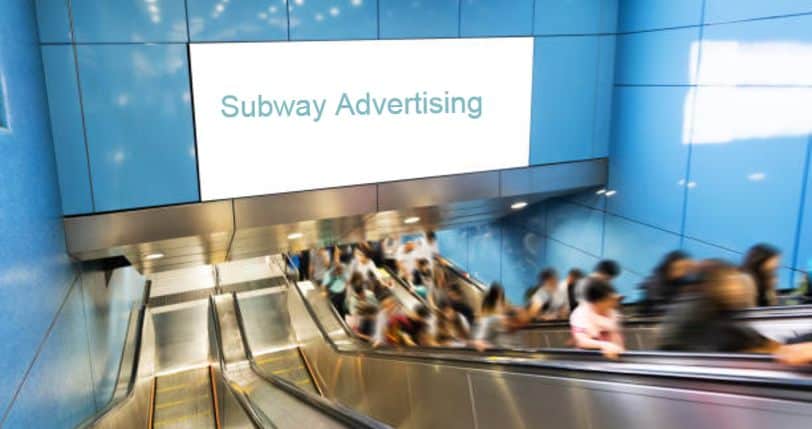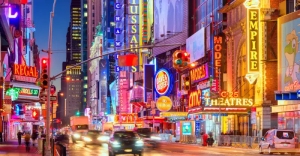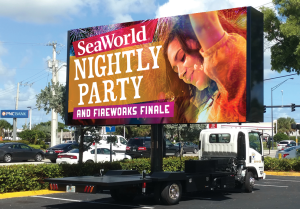Subway Ads Can’t Win the Awareness Game
Subway advertising has long been touted as a staple of urban visibility. With thousands of eyeballs passing through underground corridors, it’s easy to assume subway ads deliver strong brand awareness. But when you pull back the curtain, the real picture isn’t so pretty.
Despite high foot traffic, subway media fails to activate the upper funnel — the critical stage where brands shape perception, drive preference, and foster emotional connection. The result? Wasted impressions below ground, with limited long-term value.
This blog unpacks why Subway Stations advertising is underdelivering — and how brands can redirect their budgets toward more emotionally resonant, hyper-contextual formats.
Subway Ads: All Eyeballs, No Emotion
The upper funnel is where branding happens. It’s where your ad must tell a story, build trust, and resonate deeply — not just interrupt a moment in a crowded transit zone.
But here’s the reality of subway stations ads:
You’re targeting rushed, distracted commuters.
There’s no tactile interaction or product proximity.
Messages become part of the underground noise.
Subway ads simply don’t spark emotional engagement. And when consumers don’t feel, they don’t remember.
Subway Advertising Is Contextually Disconnected
Upper-funnel messaging requires relevance. That means right time, right place, right mindset.
Yet subway advertisement drops your brand into an environment that lacks context for:
Health brands targeting wellness routines
CPG or food brands aiming for meal-time relevance
Financial services looking to connect during life decisions
You’re not meeting people where decisions happen — you’re interrupting them on the way to somewhere else.
Subway Stations Advertising Lacks Tactile Trust
Behavioral psychology supports that physical interaction enhances recall. It’s why product sampling and packaging remain powerful tools.
Subway stations advertising offers none of that:
No product tie-in
No QR scan triggers in-hand
No brand moment beyond a brief glance
Now compare that to pharmacy bag ads, door hangers, or placemats — which physically enter the consumer’s space, building trust through repetition and real-world presence.
Subway Advertisement Metrics Are Misleading
Let’s talk numbers — specifically, the CPM smoke screen.
Subway ad vendors tout thousands of impressions per day. But impressions don’t equal engagement, and certainly not conversion. Ask yourself:
Can I track scans, time on page, or behavior from a subway ad?
Do I know if the viewer was even the right audience?
Was my ad shown during a relevant, decision-making moment?
Without QR attribution, geographic granularity, or household targeting, you’re left with vanity metrics.
Why In-Hand Media Beats Subway Marketing
Here’s what upper-funnel media should offer:
✅ Tactile interaction
✅ Zip-code-level targeting
✅ Attribution via QR codes
✅ Contextual relevance (health, dining, leisure)
✅ Emotional resonance (timing and placement)
Formats like:
Pharmacy bags (ideal for health brands, OTC, insurance)
Pizza boxes (great for family brands, CPG, entertainment)
Door hangers (hyperlocal targeting with high visibility)
Placemat ads (delivered at tables during dwell time)
…are more than just visible — they’re memorable and measurable.
Subway Stations Ads Don’t Build Mental Availability
Mental availability — the likelihood your brand comes to mind in buying situations — requires frequency, context, and emotional salience.
Subway stations advertising might generate frequency through footfall, but:
The context is wrong
The emotion is missing
The touchpoint disappears as fast as it appears
That’s the opposite of mental imprinting.
The Future Is Hyperlocal + In-Hand
Marketers need to rethink the funnel. The best top-of-funnel strategies today:
Are tangible
Are QR-enabled
Are locally deployed
Have clear attribution pathways






